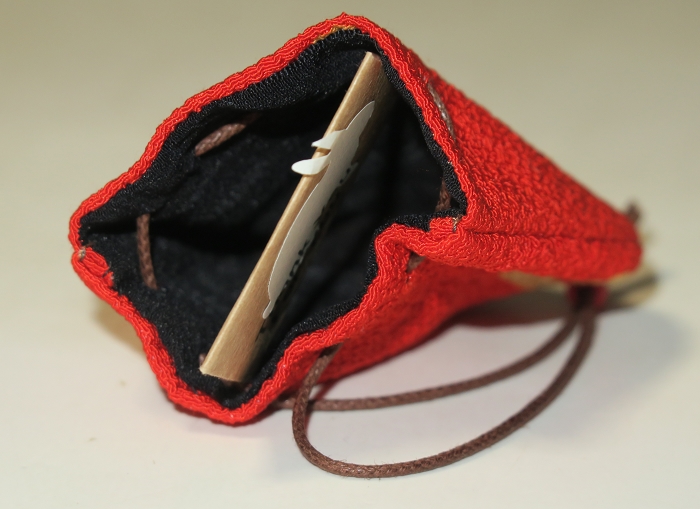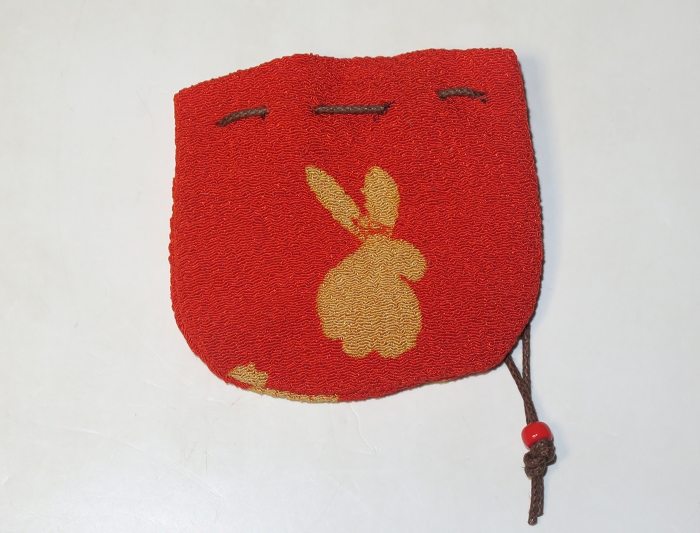
朱赤に珍しい後ろ姿のうさぎ柄。時代物の正絹着物地縮緬で作ったとっても可愛いちっちゃな小袋。キルト入りでふんわり柔らかなので、大切なお品などお入れください。
約縦4×横7cm
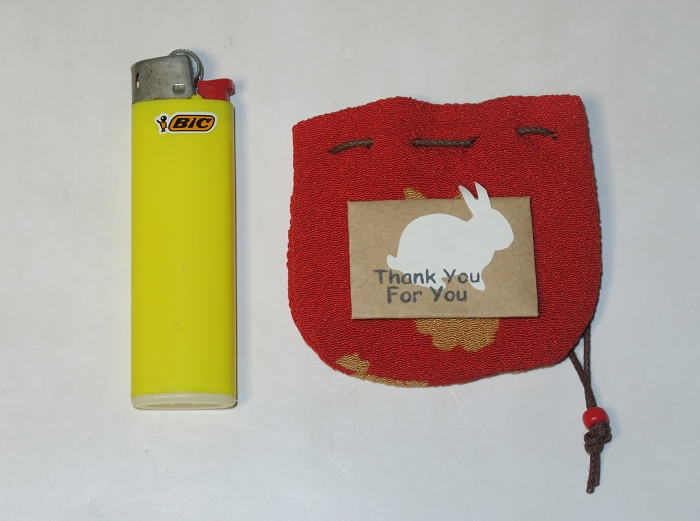
癸卯兔年特别订制—吉祥兔题材绉纱根付袋(独一无二)
长崎和服师藤本秀子作品。绉纱取自江户时代上等和服,里外双面工,美观大方。罕见的朱红色背景上刺绣可爱的金兔图案,寓意美好,手感舒适,放入取出方便。保护贵重物根付的不二之选。癸卯兔年特别订制,独一无二。
约高4×宽7cm
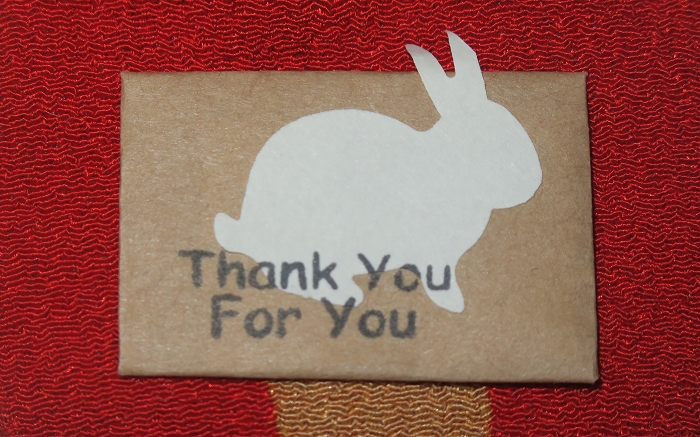
运用工艺手段或组织结构,使表面呈现绉纹效应,质地轻薄的丝织物称为绉。绉纱是古代纱织物。纱表面自然绉缩,显得凹凸不平,虽然细薄,却给人一种厚实感。奥妙在于绉纱经、纬丝线拈度和拈向不同,织成后绉缩相错,表面因此变得高低不平。
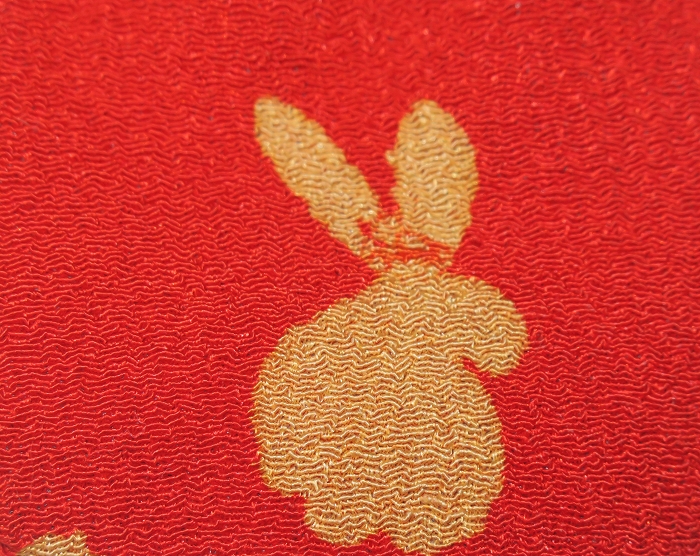
Japanese clothing(unique)
There are typically two types of clothing that the Japanese wear: the Japanese clothing (和服wafuku), such as kimonos, and Western clothing (洋服yōfuku). Japanese traditional fashion combines multiple styles that reflect early Japan’s visual culture. It represents the culture’s visible artistic and traditional values and joins them together to create a form of fashion recognizable to foreign cultures.
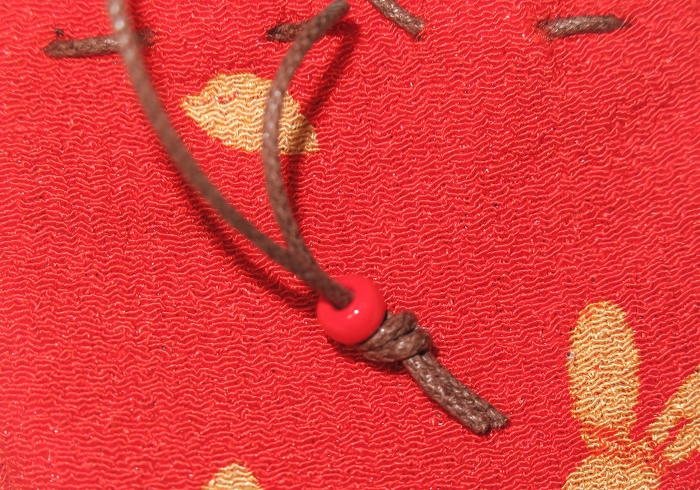
The most well known form of Japanese traditional fashion is the kimono (translates to “something to wear”), Although the traditional wear for Japan became popularized during the Heian period (794-1185) and was worn casually at the time, it is now rare to find people doing so due to the difficult process associated with the wardrobe.
Each type of garment corresponds to a special occasion, such as festivals, ceremonies, or weddings. The materials, colors, and layers used for the clothing differentiate them and their significance, as the looks are also often worn seasonally. The clothing that embodies the culture represents Japan’s traditional values that remain in their community to this day.
